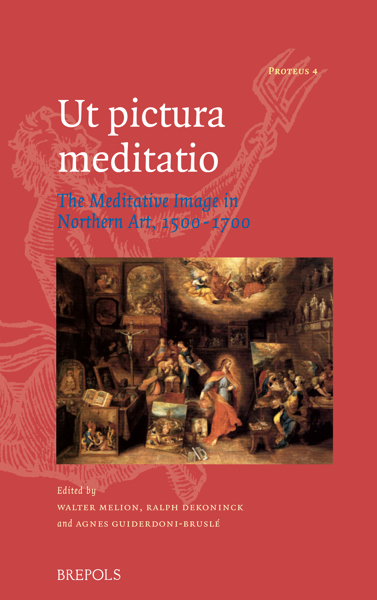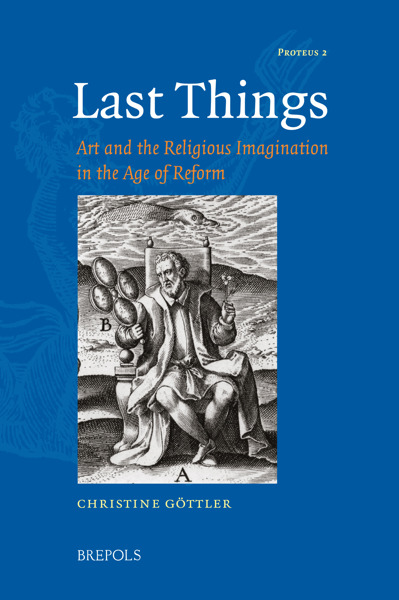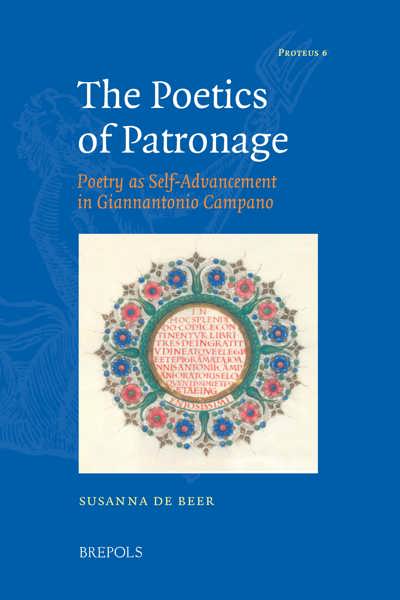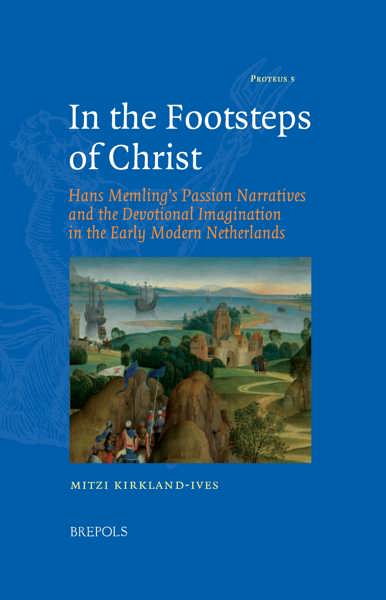
- Pages: 437 p.
- Size:156 x 234 mm
- Illustrations:156 b/w, 25 col.
- Language(s):English
- Publication Year:2010
- € 150,00 EXCL. VAT RETAIL PRICE
- ISBN: 978-2-503-52397-2
- Hardback
- Temporarily Out of Stock
Based on a detailed study of visual and textual sources, most of which were previously unknown, this book contributes to an ongoing interdisciplinary discussion of the changing functions, meanings, and values of material and mental images in early modern art and religious practice.
"Last Things is a triumph in the genre of visual culture, presenting a wide swath of material on the theme of early modern memory and eschatology. Göttler's text also offers an impressive and detailed engagement with previous research. [...] Last Things is a must-read for scholars who have been following the ever-growing field of memory studies." (Jessica Buskirk, in CAA Reviews, September 23, 2011, URL http://www.caareviews.org/reviews/1703)
"The wealth of information, geographical and chronological extent, and variety of documentation make this volume quite a formidable read. (...) the book is innovative in scope and subject and truly interdisciplinary in its use of documents and visual material." (R. Panzanelli, in: Renaissance Quartely, Vol. 64, No. 4 (Winter 2011), p. 1229-1231)
"Some books must be sipped, not gulped, because they have been distilled from long research and erudition. This large, richly illustrated book must be counted among them. (...) The book offers up a feast for readers of this journal (...). (L. Silver in Sixteenth Century Journal, XLII/3, Fall 2011, p. 811-812)
List of Illustrations
Acknowledgements
Author’s Note
Abbreviations
Introduction: Last Things and the Vision of the Imagination
Chapter 1: Indulgenced Prints of Saint Gregory’s Miraculous Mass
Chapter 2: Sites for the Devout and Sites for the Curious: Limbo, Purgatory, and Hell at Varallo
Chapter 3: Memory-Images of the Netherworld and their Subversion in the Age of Reform
Chapter 4: Hearts, Mirrors, and Wheels: Last Things in Late-Sixteenth-Century Northern Prints
Chapter 5: Shaping the Soul: Giovanni Bernardino Azzolino’s Novissimi in Wax
Chapter 6: The Eye as Thief: Mental and Material Images in Meditation
Chapter 7: Jan Brueghel’s Poetic Hells
Epilogue: Fables of Saturn and Vulcan
Selected Bibliography
Index




